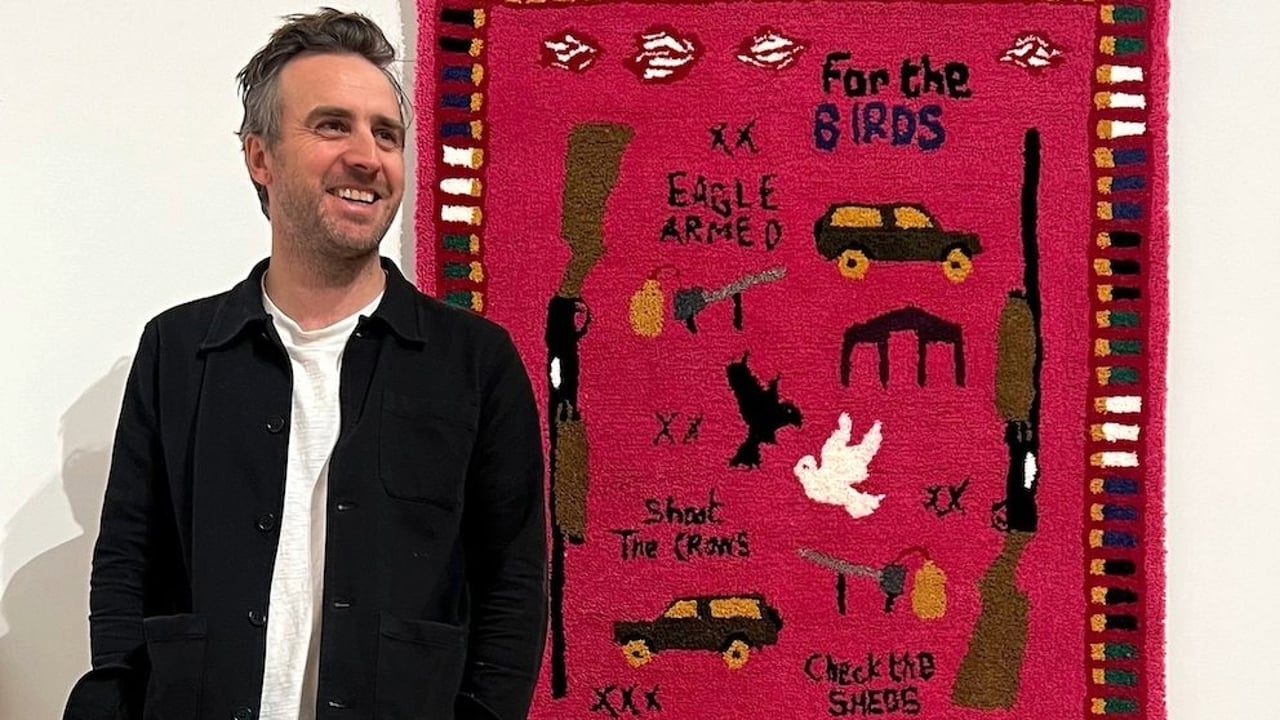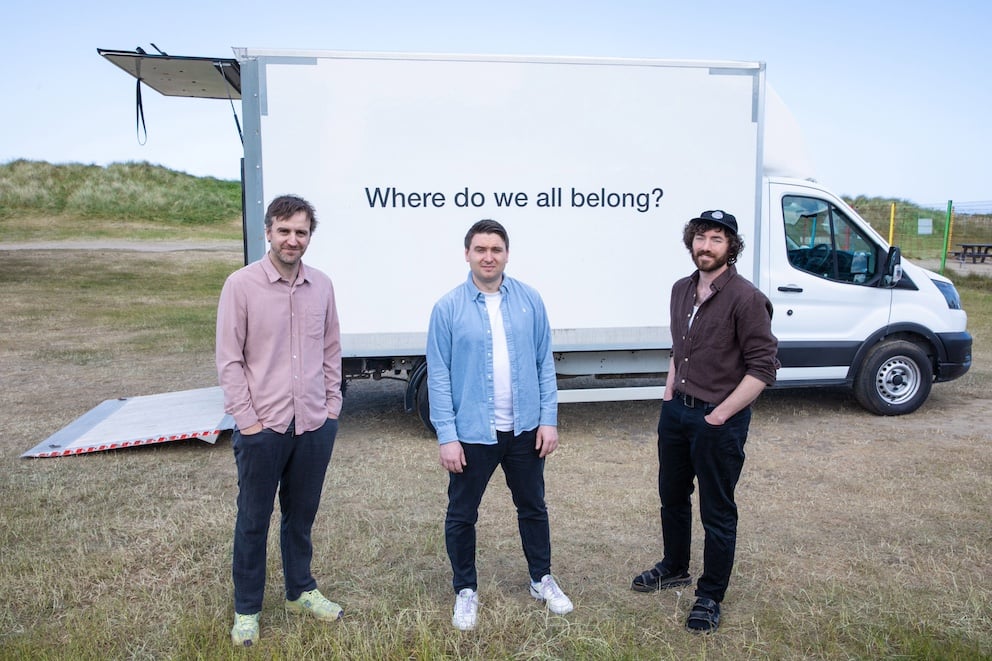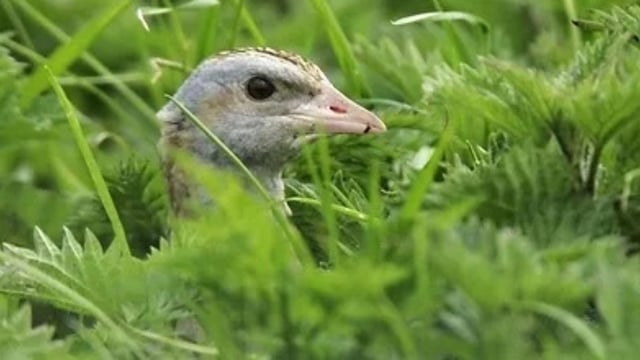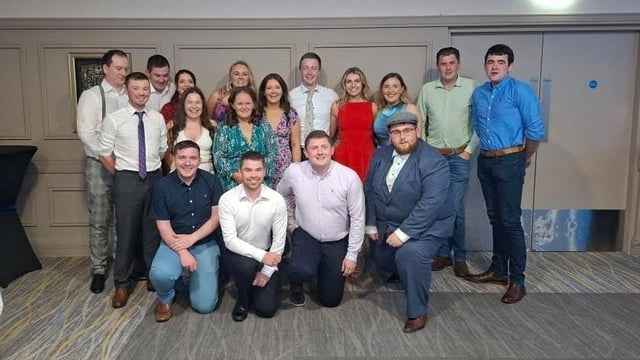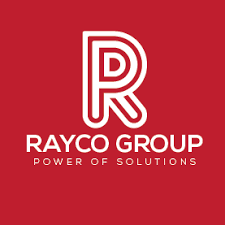Farm materials spur artist to radical ruralism in the west
Bale wrap, sheep-marking spray paint and animal-marking crayons are some of the materials used by Dublin-born artist Ronan Dillon, whose work is inspired in a large part by agriculture in the west of Ireland.
Ronan told Agriland: "I moved to the west eight years ago to surf more and to have more time to make art.
"I much prefer the pace of life and the freedom the west of Ireland offers. I lived in Strandhill for four years and now live in a more rural area near Kilcummin pier in Mayo."
Ronan previously trained and worked as a graphic designer. He ran a design company in Dublin called me&him&you and still takes on a small number of design projects every year.
He is also the co-founder and curator of Glovebox Gallery and cocktail bar, which he first set up on level five of a car park in Dublin.
"My art is firstly ideas-led. I try to make new observations and connections within everyday rural life that allow people to look at the countryside in a new light," he said.
"I'm particularly inspired by the uninhibitedness of farmers' marks, their unconscious and reasoned actions create something raw and beautiful.`'
The artist's novel and innovative observations capture the sublime in the common, the everyday, the forgotten-about - and to do so simply and colourfully.
For instance, his 'Woodville Farm Flock Edition' was a unique edition of handmade paper with flecks of sheep's wool embedded within the cotton pulp.
It was first exhibited in Dublin at Hang Tough gallery. The edition of 90 sheets of paper sold out, with buyers ranging from foreign art collections to farmers.
Ronan also curates 'Radical Ruralism', an online collection of contemporary art with a rural regard. It features contemporary art that examines rural topics within themes such as freedom, agriculture, environmentalism, and community.
The online archive of 350 artworks are shared on the Instagram handle @radical.ruralism.
"Rather than depict romanticised notions of rural life, Radical Ruralism is contemporary art that seeks to address real authentic themes of rural living.
"I'm currently exploring ideas and venues to create a group exhibition inspired by the growing archive," Ronan said.
He has a new work selected for the 195th Royal Hibernian Academy (RHA) annual exhibition 2025, Ireland's largest and longest running exhibition of visual art, which is showing in Dublin until August 3.
'For the Birds', an anti-war rug made from hand-tufted sheep's wool, was inspired by the aesthetic and storytelling in Afghan war rugs.
Reconsidered in an Irish agricultural context, the work tells the story of his friend’s father’s futile war with the crows on his farm over 50 years.
Ronan is currently working on a project called ‘Where do we all belong?’.
"It's a socially engaged visual art project addressing loneliness in Co. Sligo," the artist explained.
"I'm engaging with communities in rural Sligo to create a visual art project that will inspire meaningful connections and promote social inclusion."

